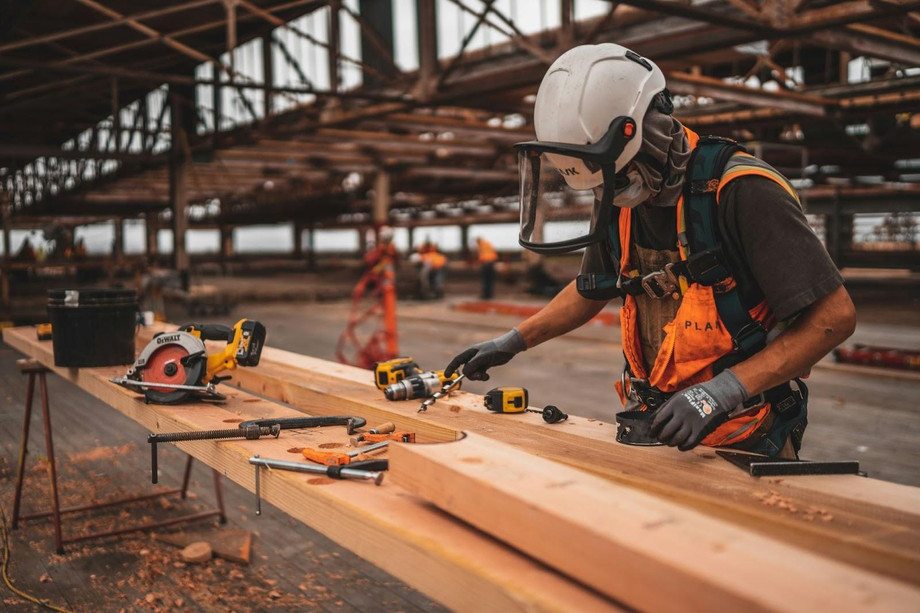Identifying Hazards
The initial step in a risk assessment is to identify potential hazards that could occur on a construction site. These hazards may include, but are not limited to, working at heights, moving objects, electrical risks, and exposure to harmful substances. The process involves a thorough examination of the workplace, considering both routine and non-routine activities.
Assessing Risks
Once hazards have been identified, the next step is to evaluate the risks associated with them. This involves considering the likelihood of the hazard occurring and the potential consequences if it does. Risk assessment should take into account the number of people at risk, the severity of harm, and the level of exposure to the hazard. SSTC recommends a systematic approach to this evaluation, utilising risk matrices and professional judgement to prioritise risks.
Implementing Control Measures
Identifying and assessing risks is critical, but it is the implementation of control measures that mitigates these risks. The hierarchy of control measures, from most to least effective, includes elimination, substitution, engineering controls, administrative actions, and personal protective equipment (PPE). For instance, eliminating the hazard where possible is the most effective method of control. If elimination is not feasible, substituting hazardous materials or processes with less hazardous ones or implementing engineering controls to minimise exposure are preferred approaches.
Monitoring and Review
The construction environment is dynamic, with changes in processes, materials, and site conditions. Therefore, it is crucial to continuously monitor the effectiveness of implemented control measures and review the risk assessment regularly. This ensures that any new hazards are identified and assessed and control measures are adjusted accordingly.
Documentation and Communication
Documenting the risk assessment process and its outcomes is essential for compliance and for communicating the findings to all relevant parties. This documentation should include details of identified hazards, assessed risks, control measures implemented, and the outcomes of monitoring and review activities. Effective communication ensures that all workers are aware of the hazards and the measures in place to protect their health and safety.
In conclusion, a thorough risk assessment is fundamental to managing risks on construction sites. By systematically identifying hazards, assessing risks, implementing control measures, and ensuring continuous monitoring and review, construction projects can minimise the potential for accidents and injuries. #1155cc; font-weight: 400;”>SSTC is committed to supporting the construction industry in achieving these safety objectives, contributing to a safer and more efficient working environment.
